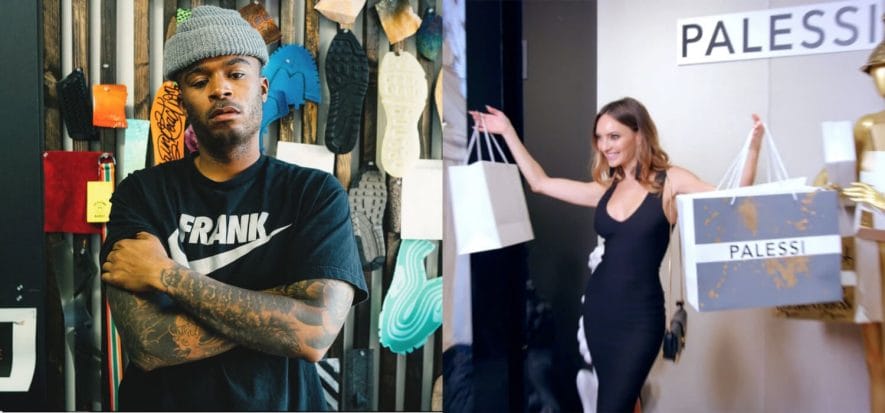The article by the New York Times calls them “Opulent fashion sneakers”, they are made of synthetic materials and contains the necessary elements to tell the story of a stylist that, at the age of 32, has reached the heart of luxury fashion. Salehe Bembury, after having created men’s sneakers for Yeezy, has become a part of the Versace Team: high-end fashion “is bigger than me and I could be paving a way”, he says. Sneaker Magazine called him “one of the most ambitious creators in the footwear industry”, and the New York Times celebrates him as a “designer cult”. It may sound weird, then, to know that such a stylist started off his career in Payless, US-based mass market brand. But Bembury says the opposite: “In retrospect, it was highly informative, – he says to NYT -, because Payless makes every type of shoe imaginable at an inexpensive cost”.
Trap for Influencers
And so, the sneaker designer cult says medium-range products are a good way to learn. It’s not the first time that Payless finds itself in the middle of a segment overturn, of an operation where high-end and low-end intertwine. Last November the group decided to play a little joke at the expense of the influencers and (alleged) fashion gurus: it rented out an old Armani store in Santa Monica and created a fictitious luxury brand with an Italian-ish resounding name called ‘Palessi’. During a night in which it organized a gala, one similar to those usually organized by brands, it presented the shoes, usually sold for less than 50 USD, to the invitees, but they were priced at over 600 USD. Payless put the influencers to the test, checking for their ability to actually comprehend the value of a product: does an expert recognize a cheap shoe, even when presented with great pompousness? The answer to the experiment is NO. In the first few hours of the gala night, the fictitious high-end brand, Palessi, managed to sell products for over 3,000 USD.










